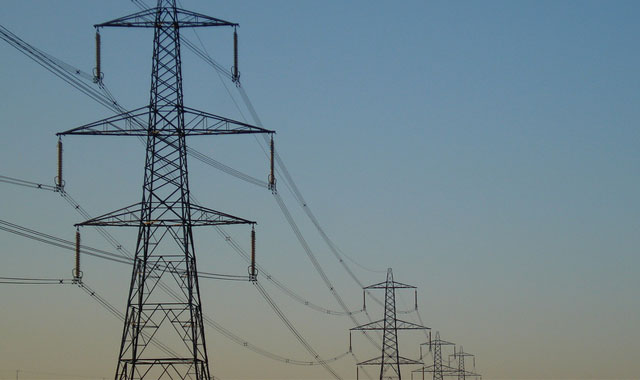
Although Eskom turned a R7bn profit according to its results released on Friday, the state-owned entity has warned this will not be sufficient to plug the R225bn revenue shortfall it faces over the next five years.
The country, in the meantime, faces continued power constraints as the first unit of new power plant Medupi will only be fully commercially operational by mid-2015. This is in line with Eskom’s commitment to synchronise unit number six to the electricity grid by December this year, after which it will take six months before it can supply sustained electricity to the network.
The rest of the plant’s six generation units, will only be fully completed and become operational between 2019 and 2020, according to Dan Marokane, head of group capital at Eskom.
To ensure unit six could be completed by the end of the year, resources were diverted from the next scheduled unit — unit five. This has seen the gap between the completion of the two units increase to between 10 and 12 months, rather than the six months Eskom anticipated, said Marokane.
However, the “school fees” paid in solving the technical issues on these two units meant that Eskom did not expect a repeat of these problems at the remaining four units, according to Marokane. Eskom was looking at optimising its construction approach, including concurrent construction of the remaining units to ensure a recovery to six-month intervals between the commissioning of the last units he said
Marokane did not elaborate, however, on how the delays are impacting on cost over-runs on the project. Construction delays have already increased Medupi’s price tag from R91bn to R105bn, excluding interest.
Eskom has submitted a comprehensive sustainability report aimed at solving the company’s long-term funding difficulties, which is the subject of ongoing discussions with various government departments, acting CEO Collin Matjila told a briefing in Johannesburg.
As part of the plan, Eskom is pursuing an adjustment under the regulatory clearing account administered by the National Energy Regulator of South Africa (Nersa). The clearing account allows for the clawback of over- or under-recovered costs, by Eskom, during a tariff determination period, provided these costs are deemed prudent.
The strain on the power system, exacerbated by delays in the construction of Medupi and its sister power station Kusile, have forced Eskom to ramp up its use of diesel fuelled open-cycle gas turbines (OCGTs). The costs of running these plants have doubled over the past year to R10,6bn. It remains to be seen whether Nersa will deem the additional costs incurred prudent given that they have been driven, in part, to stop the power gap created by the construction delays on Medupi and Kusile.
But Matjila said Eskom was convinced it had a case. “We believe that we have a case to make for the prudency of our expenditure on the OCGTs, but the decision obviously lies with the regulator,” he said.
Maintenance costs to keep its existing power plants running at their limits have also increased, rising to R13bn from R10,6bn in the previous financial year.
Alongside additional money from the regulatory clearing account, Eskom was pursuing a broad range of options in its sustainability plan, according to finance director Tsholofelo Molefe.
These included alternative sources of funding, such as possible equity or quasi-equity instruments and exploring additional borrowing options. The ability to borrow sufficient funds at affordable levels was however constrained by recent credit ratings downgrades, according to Molefe.
Other options included the reprioritisation of capital expenditure within the R251bn budget. This could, however, negatively affect operational sustainability and impact security of supply, she noted. The company had also already embarked on a business productivity programme to reduce costs and drive efficiencies.
The impact of a ratings downgrade on Eskom was particularly acute. The company’s credit rating is linked to that of South Africa’s sovereign rating, which was recently downgraded. Eskom has been placed on credit watch by ratings agency Standard & Poor’s. If it is further downgraded in the coming 90 days, to sub-investment grade, Eskom’s cost of funding could rise between 30% and 40%, said Molefe.
A key feature of future sustainability for the company would be the move to “cost-reflective tariffs” after Nersa granted Eskom an 8% tariff increase in its most recent application. Eskom had applied for a 16% hike.
The tariffs allowed had “serious consequences for our business and further sustainability”, said Eskom board chairman Zola Tsotsi.
Eskom’s revenue shortages could not be made up by the efficiency drives, he argued.
“However migration to a cost-reflective tariff remains the main solution to ensuring the sustainability of the South African electricity industry, and indeed of Eskom,” he said. — (c) 2014 Mail & Guardian
- Visit the Mail & Guardian Online, the smart news source




